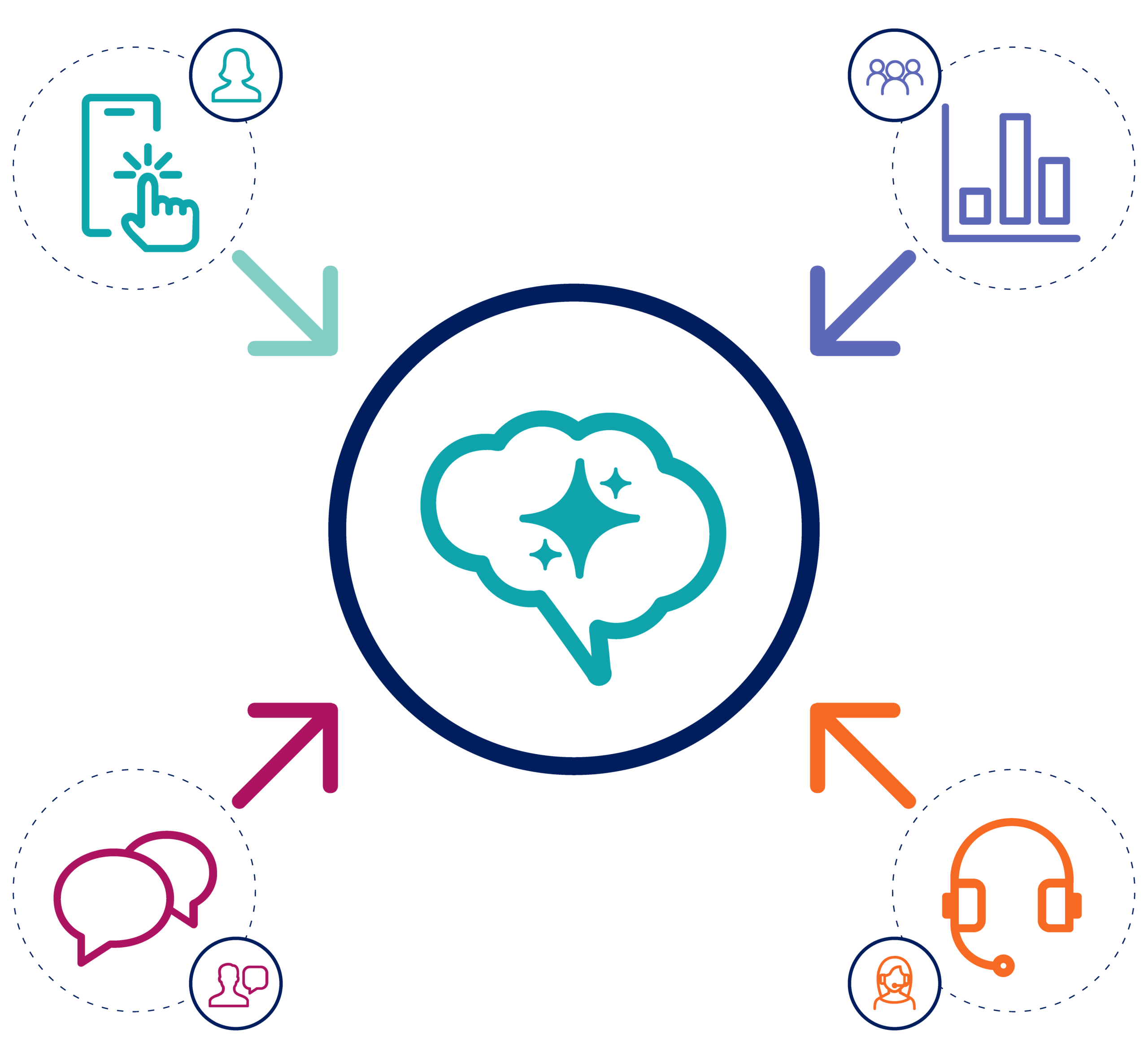
Artificial intelligence and machine learning
Uncover opportunities, turn ideas into workflows, and realize your vision, at scale

Intro to AI and ML
In a world accelerating at the speed of AI, understanding how these incredible capabilities get smarter is critical to driving business outcomes. Artificial intelligence (AI) is the theory of computer systems that can perform complex tasks. Machine learning (ML) is the process by which computers, including AI, learn new things; people use ML to feed data to the AI and train it over time.
How do AI and ML work together?
For a computer to think on its own and perform complex tasks to become AI – it must digest and internalize more and more information and logic over time. That process is machine learning. As the computer takes on more work, ML enables it to become ever more “intelligent.” This is how AI understands and reacts to nuances and distinct scenarios.
Building ethical AI
Computer logic is only as sound as the data that feeds it. If an AI learns biased inputs, it will output biased decisions. This can even challenge organizations with the best of intentions. It’s not always apparent when a strategy contains an implicit bias, but it’s essential for AI practitioners to identify it and adjust accordingly.

See why Forrester named Pega a leader in RTIM
Workflow automation, real-time decisioning and low-code accessibility make it an industry standout.

How is AI different from ML?
What is artificial intelligence?
Artificial intelligence is the theory and development of computer systems trained to “think” and perform tasks that would normally require human intelligence.
What is machine learning?
Machine learning is a subfield of AI; it’s the process that inputs data to train an AI system. ML gives the computer the ability to learn and “think” without explicit programming.
How enterprise organizations use AI and ML
See how businesses leverage AI and ML to solve a variety of challenges, responsibly.
Machine learning informs AI to make individualized offers and meet specific customer needs.
As machine learning feeds more nuanced data to the AI, companies can identify new opportunities.
With more data from machine learning, the AI provides the next best action at every point in a process.


